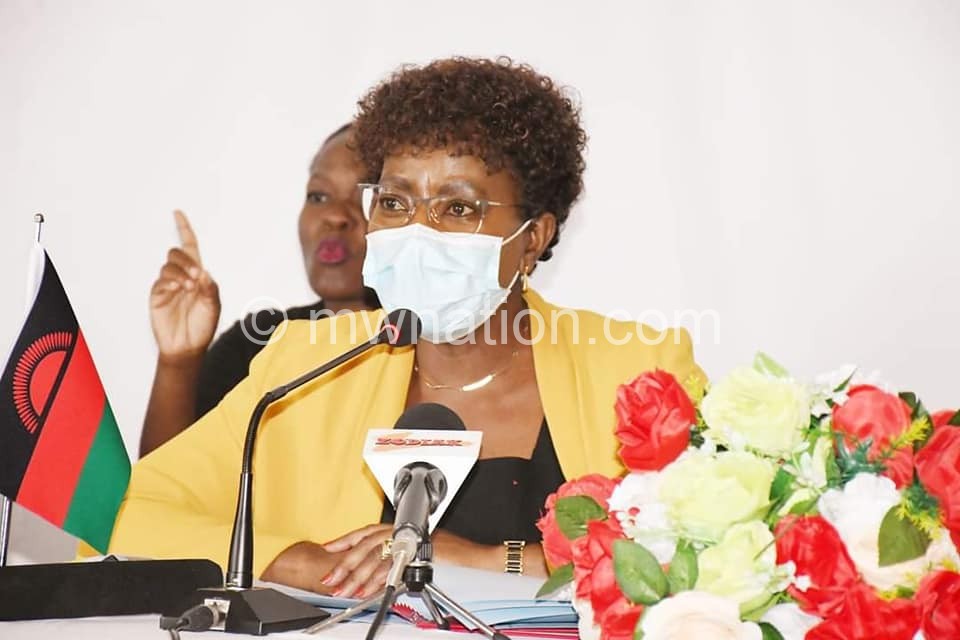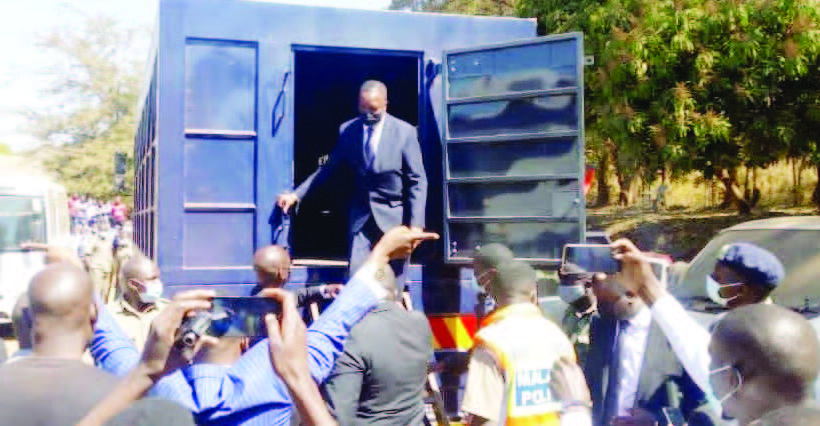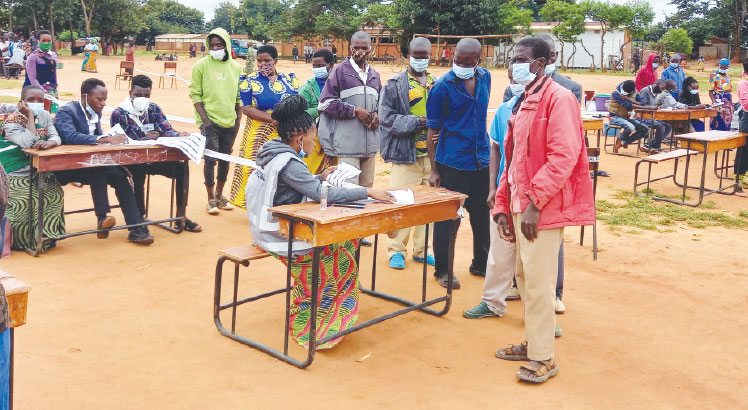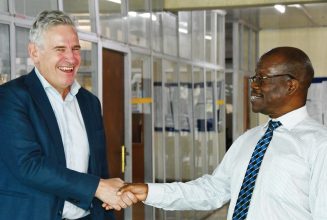38% make it to secondary school
The Ministry of Education in conjunction with Malawi National Examinations Board (Maneb) has released the 2020 Primary School Leaving Certificate of Education (PSLCE) examination results, with only 37.7 percent of deserving learners selected to public secondary schools.
Making the announcement in Lilongwe on Monday, Minister of Education Agnes NyaLonje said of the 277 007 candidates that sat the 2019/20 PSLCE examinations, 225 387 learners passed, representing 81.37 percent pass rate—the highest in the last five years.

However, of the 225 387 that have passed, only 84 947 have been selected to public secondary schools, representing 37.73 percent.
NyaLonje said those selected to various public secondary schools will have to report for school on February 1 2021.
Said the minister: “Out of the 225 387 students who passed the 2019/20 examinations, a total of 84 947 candidates have been selected to start Form One in various secondary schools. This represents only 37.73 percent of those who passed the examinations. This means that 140 440 eligible students have been left out.
“This is due to the severe shortage of secondary school spaces. It is for this reason that my ministry has made construction of additional secondary schools a top priority.”
However, NyaLonje said government needs about K2.85 trillion to significantly alleviate the secondary school space challenges that is depriving learners of their right to education.
To double the transition rate from 37.73 percent to 76 percent, she said the country needs 949 new secondary schools which translates to 11 388 classrooms and 5 694 classroom blocks. Each school is estimated to cost K13 billion, meaning government will have to spend K2.85 trillion.
“If we are to stagger the construction of these schools across a five-year period, we would require MK569 billion per year,” said NyaLonje.
She explained that the 250 United States Agency for International Development-supported secondary schools will create 1 000 classrooms by 2023. Currently, 44 of these schools have been completed and by the end of 2021, an additional 40 schools will be completed.
“The ministry is doing everything possible to speed up the construction the rest of the 206 schools. We are also exploring short-term solutions to the problem, such as open distance learning,” said NyaLonje.
Meanwhile, Civil Society Education Coalition executive director Benedicto Kondowe has called on government to work swiftly on resolving the problem, saying denying over 140 000 students their right to education is unacceptable.
He said: “ The issue of inadequate secondary schools has been there for years but government has not done much to address it. Government can introduce a levy that will support the construction of more secondary schools. No one would want to see their children failing to make it to secondary schools because of lack of space. We are playing with the future of these children by not giving them education.”
Kondowe also called for the introduction of open distance learning at secondary school level to ease the challenge.
NyaLonje earlier called for concerted efforts in ensuring easy access to secondary school education in the country.
Speaking at a donation of a secondary school facility in Rumphi in September 2020, she said: “The secondary education sub-sector is facing acute challenges in access to education, with a transition rate from primary to secondary at 38 percent.”
A 2017/18 Annual Statistical Report on Education also outlined infrastructural challenges that require “immediate attention” in the sector, including that 55 882 teachers have no houses and many classes are conducted in open spaces.
It further revealed that 3.7 percent of schools have no access to water with many relying on rivers while other unprotected sources.





